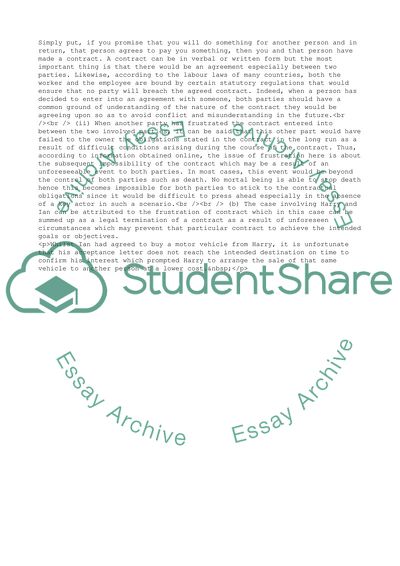Cite this document
(What Is a Contract Essay Example | Topics and Well Written Essays - 3250 words, n.d.)
What Is a Contract Essay Example | Topics and Well Written Essays - 3250 words. Retrieved from https://studentshare.org/management/1556982-law-and-management
What Is a Contract Essay Example | Topics and Well Written Essays - 3250 words. Retrieved from https://studentshare.org/management/1556982-law-and-management
(What Is a Contract Essay Example | Topics and Well Written Essays - 3250 Words)
What Is a Contract Essay Example | Topics and Well Written Essays - 3250 Words. https://studentshare.org/management/1556982-law-and-management.
What Is a Contract Essay Example | Topics and Well Written Essays - 3250 Words. https://studentshare.org/management/1556982-law-and-management.
“What Is a Contract Essay Example | Topics and Well Written Essays - 3250 Words”. https://studentshare.org/management/1556982-law-and-management.


